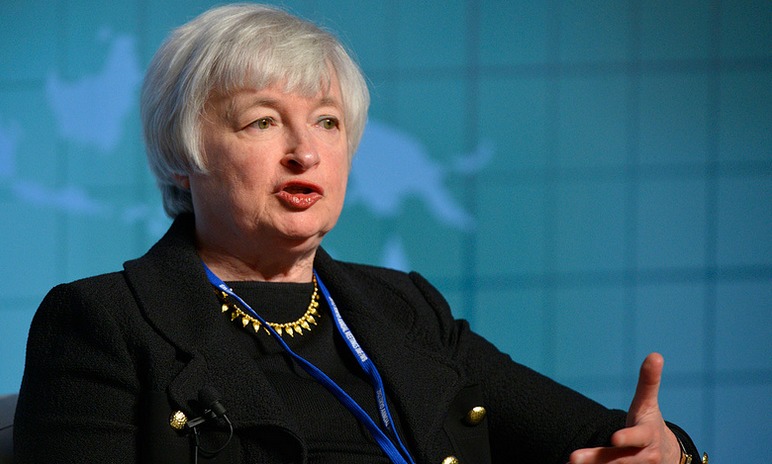The Obama Administration is chasing two policy goals that sometimes bang heads: energy independence from Mideast oil and curbing greenhouse gas emissions. That pretty much sums up the dilemma the White House faces with its upcoming decision on TransCanada’s (TRP) proposed Keystone XL pipeline that would connect the oil sands of Alberta province in Canada to Texas refineries and ports.
The U.S. Chamber of Commerce says it will create jobs; environmentalists counter that the project will despoil the landscape. Investors interested in the Canadian oil sands sector also have tough questions to unbundle.
TransCanada has been waiting for approval of the pipeline project for four and a half years. That wait may soon be over. Alberta Premier Alison Redford, who is heading to Washington this weekend to lobby for the Keystone XL pipeline, told the Calgary Herald that she’s confident it will be approved.
Meanwhile, Alex Pourbaix, TransCanada’s president for energy and oil pipelines, also in Washington, says opponents of the proposed Keystone XL pipeline have grossly inflated its likely impact on emissions of greenhouse gases that contribute to global warming.
Canada represents just 2 percent of global greenhouse gas emissions, and oil sands concentrated in Alberta, where the pipeline would start, make up one-tenth of one percent of greenhouse emissions, according to Pourbaix.
Investors don’t seem to be panicking. Over the past year through February 21, the share prices of TransCanada and rival pipeline player Enridge (ENB), are up 14% and 17%, respectively.
John Stephenson, who follows the Canadian oil sector for First Asset Investment Management, commented before the election that the Keystone pipeline would almost certainly get approved, and suggested buying both TRP and ENB.
Longer term, there’s the question of whether energy firms such as Suncor (SU), Canadian Natural Resources (CNQ), Cenovous (CVE) and Imperial Oil (IMP) might be takeover plays, given the global interest in oil sands, the world’s third biggest oil reserve. (Here’s a useful primer on the resource, current extraction methods and the environmental risks of oil sands.)
No wonder that in December China’s state-owned oil giant CNOOC (CEO) won approval to pay $15.1 billion to acquire Calgary-based energy company Nexen Inc. (NXY). That’s the largest overseas purchase ever by the world’s second-biggest economic power, according to Reuters.
But it will likely be the last time China, or any other country, takes a big chunk out of Canada’s oil sands – the world’s third-largest proven reserves of crude oil. Don’t expect a foreign takeover binge of Canadian oil assets. Though Canadian Prime Minister Stephen Harper approved the Nexen deal, he has effectively banned new foreign oil sands investments. He says that he now will allow them only under “exceptional circumstances.”
Photo: rcbodden





